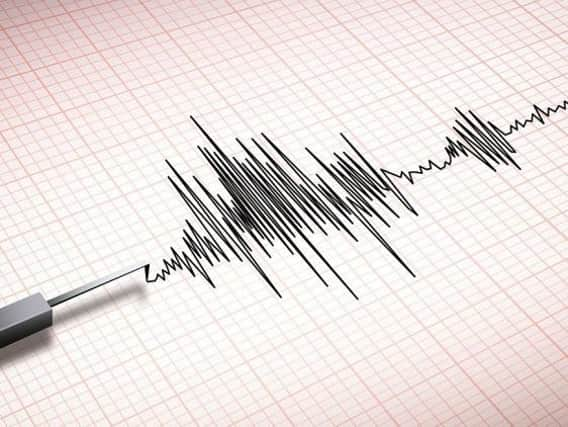Could there be aftershock in Aylesbury following 3.2 magnitude earthquake?


An aftershock is a smaller earthquake that follows a larger earthquake.
Aftershocks are a sequence of earthquakes that happen after a larger mainshock on a fault.
Advertisement
Hide AdAdvertisement
Hide AdAftershocks occur near the fault zone where the mainshock rupture occurred and are part of the "readjustment process” after the main slip on the fault.
Aftershocks become less frequent with time, although they can continue for days, weeks or even months.
The largest known British earthquake occurred near the Dogger Bank in 1931, with a magnitude of 6.1. Fortunately, it was 60 miles offshore but was still powerful enough to cause minor damage to buildings on the east coast of England.
The largest known British earthquake occurred near the Dogger Bank in 1931, with a magnitude of 6.1. Fortunately, it was 60 miles offshore but was still powerful enough to cause minor damage to buildings on the east coast of England
Advertisement
Hide AdAdvertisement
Hide AdSo how likely are we to experience an aftershock in Aylesbury?
First of all, it is unlikely that aftershocks will be as big as the initial quake.
This mornings quake was just 3.8 on the richter scale, classified as a minor event.
If an earthquake is followed by a more powerful seismic event, it’s automatically redefined as a foreshock.
Advertisement
Hide AdAdvertisement
Hide AdThe largest tremor is always classified as the earthquake; everything else is either a foreshock or an aftershock.
There are two principles that describe the typical behaviour of aftershocks.
The first, called Omori’s Law, predicts that most shocks will occur immediately following the earthquake and become less and less frequent over time.
The other, known as Båth’s Law, states that the largest aftershock is, on average, about 1.2 magnitudes smaller than the main quake. (The Richter scale is logarithmic, meaning that an earthquake measuring magnitude 6.0 is 10 times larger than one measuring 5.0.)
Looking at these two laws, it's unlikely Aylesbury will suffer from a significant aftershock as 3.8 is already so low on the richter scale that we are unlikely to feel it if it does.